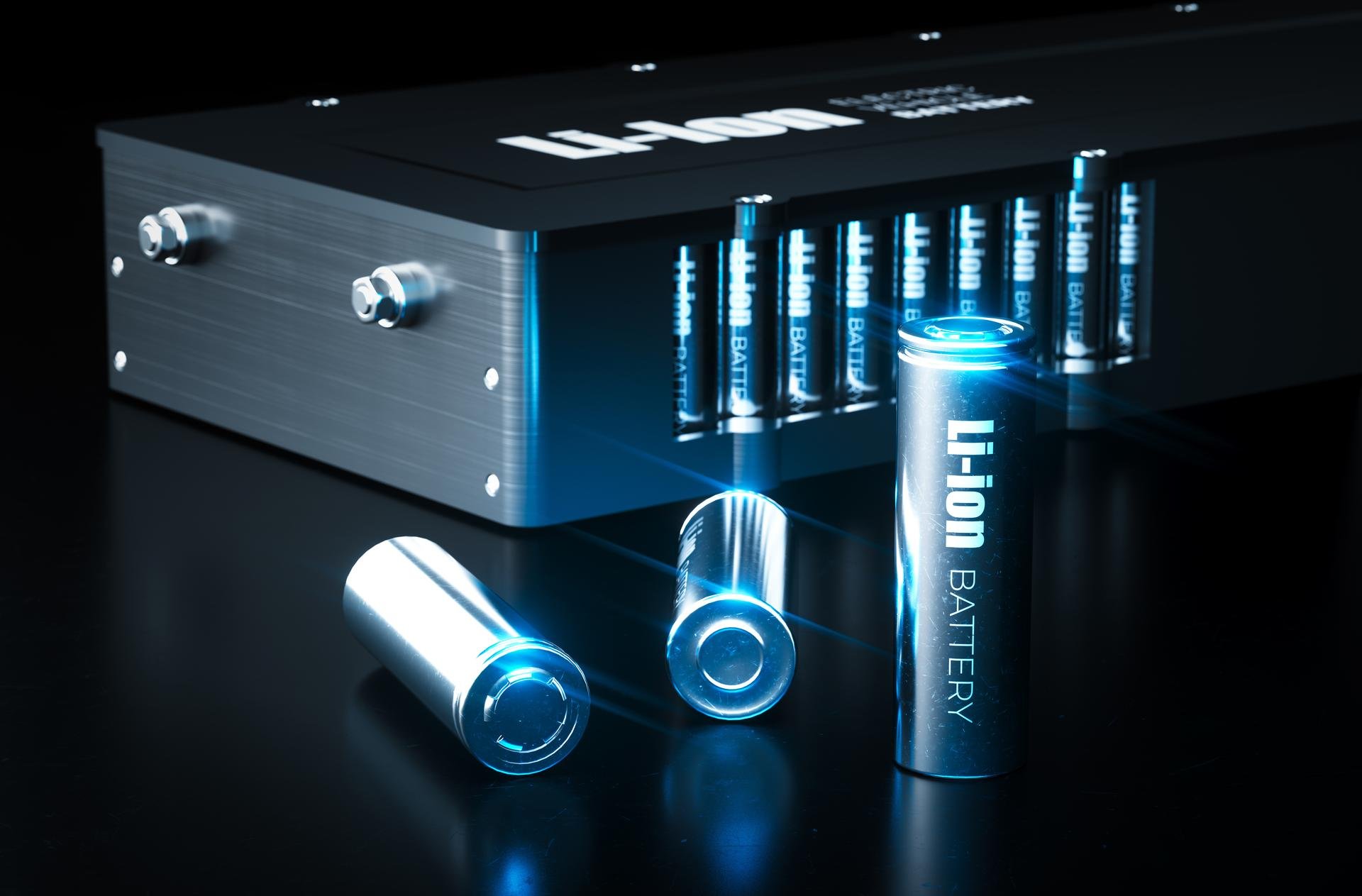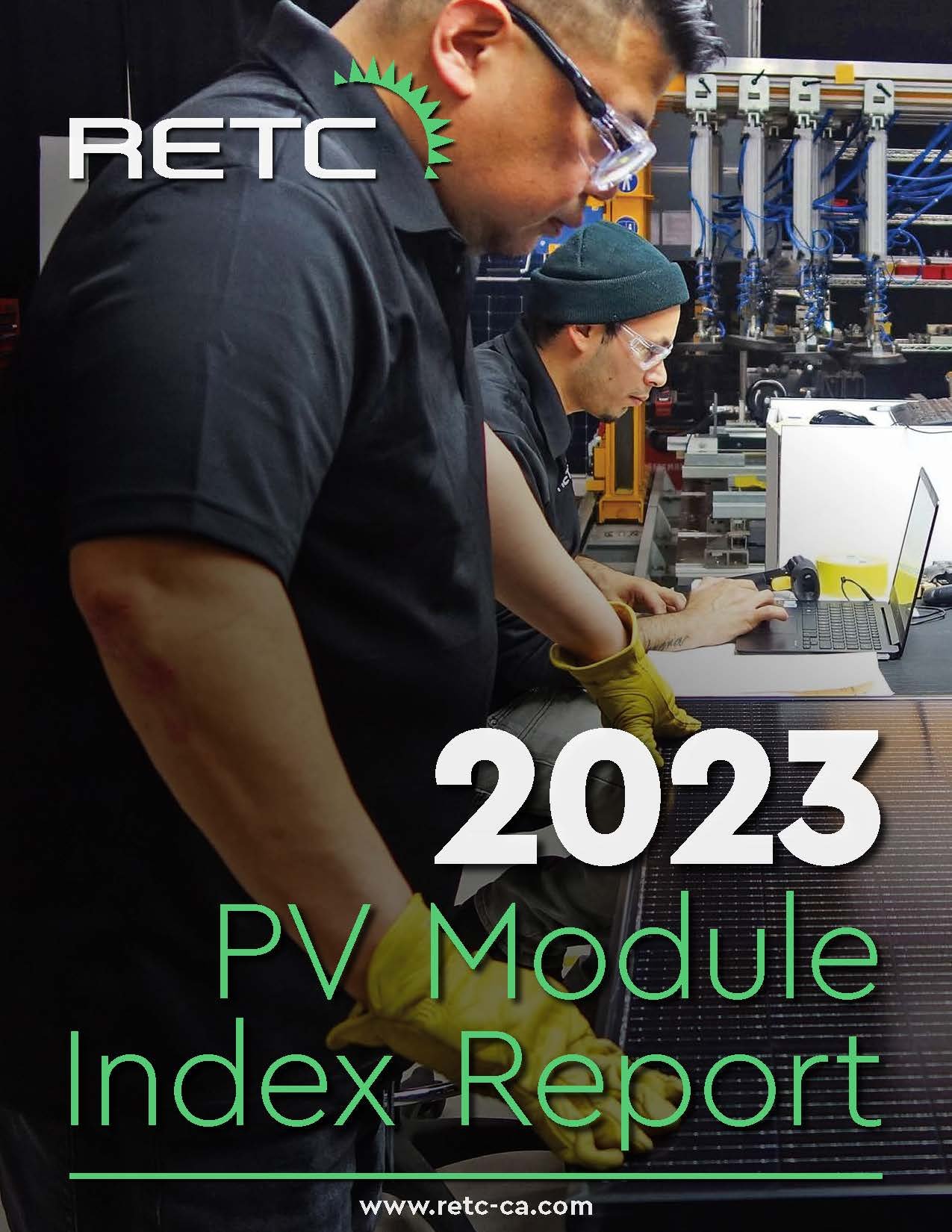PVMI Q&A: Talking BESS with VDE’s Bill Reaugh
BILL REAUGH, VDE AMERICAS
Bill Reaugh is the head of power conversion technologies for the engineering advisory firm VDE Americas. As part of our research for the 2023 PV Module Index Report (PVMI), RETC conducted a subject matter expert interview with Reaugh to get his first-hand perspective on battery energy storage system (BESS) deployments in front-of-the-meter applications. Here, we share highlights from this behind-the-scenes PVMI interview, which features Reaugh’s pro tips on utility-scale BESS project risk mitigation.
RETC: What battery energy storage (BESS) trends are you seeing in your independent engineering and owner’s engineering work at VDE Americas?
BR: System capacity is the single biggest change in recent years. BESS project capacities have increased by orders of magnitude in a relatively short time frame. As recently as 2021, VDE Americas was reviewing what I would call ‘pilot-stage’ energy storage deployments, meaning systems with tens of MWhs of capacity. In 2022, the market pivoted to GWh-scale battery systems. In 2023, we have supported and are supporting financing for roughly 4.5 GWh of DC- and AC-coupled solar-plus-storage capacity that is coming online over the next 18 months. These systems are significantly larger than anything the industry has seen historically. In parallel, we are seeing a shift in battery cell chemistry in stationary storage applications. The industry has largely moved away from cobalt-based battery chemistries in favor of lithium iron phosphate-based chemistries, which are less fire prone and offer longer life expectancies.
RETC: Are these front-of-the-meter BESS deployments connected directly to the bulk power system or co-located with other parallel power production sources?
BR: Generally speaking, all the energy storage systems we have evaluated are co-located with solar. In 2022, we reviewed one GWh-scale project that was effectively being built as a standalone energy storage system; however, the system was being tied into an existing interconnection for a 10-year-old PV power system. The energy storage in this application provides a load-shifting service in Southern California Edison’s territory, storing solar-generated energy in the morning and then discharging stored energy in the late afternoon to mitigate the peak of the California ISO duck curve. By using solar to charge the battery, this specific BESS deployment was able to qualify for investment tax credits prior to the passage of the Inflation Reduction Act (IRA). Now that we are operating in a post-IRA environment, BESS deployments qualify for a stand-alone tax credit regardless of the source of the energy used to charge the batteries. This allows for pure-play GWh-scale BESS deployments. This year, for example, we are providing technical advisory services for another large BESS deployment in California. Though the BESS is co-located with a 250 MW PV system to take advantage of an existing interconnection, the revenue streams for the two power systems are independent of one another. Whereas the PV power system has a standalone busbar power purchase agreement (PPA), the add-on BESS is a pure merchant play in the California ISO real-time market.
RETC: What are the typical use cases for these large-scale BESS deployments?
BR: Typical use cases for utility-scale solar-plus-storage projects include fixed-shape hedge applications, where the battery fills gaps in the solar power curve and extends its shoulders to help meet offtake agreement obligations, and more traditional energy delivery power purchase agreements. Data centers are a good example of a fixed-shape hedge application. If you own and operate a portfolio of data centers, you know exactly what your load profile looks like on an hour-by-hour basis across a typical year. These operators are typically looking to purchase specific quantities of zero-emissions kilowatt-hours on an hourly basis for every day of the year. That energy could come from solar, from a battery, or from renewable energy credits off the merchant market. For sellers serving these customers, a BESS deployment acts as a buffer, smoothing solar energy delivery by reducing peaks and filling valleys and gaps to best fit the customer load profile. Developers also install batteries in purely merchant market applications, where energy storage operates as an alternative to natural gas peaker plants for late afternoon duck curve mitigation or ancillary voltage and frequency control support services.
RETC: How can project stakeholders mitigate risk in BESS applications?
BR: Availability and uptime are the top priorities for owners and operators of grid-scale batteries, especially if a revenue stream is contingent upon participation in a real-time market. If your equipment is unable to respond to those real-time market signals, you lose money. So, hardware and software reliability have a material impact on a project’s risk profile. Reliability indicators include metrics like mean time between failure (MTBF) and mean time to repair (MTTR). The challenge for project stakeholders is finding ways to confirm long-term reliability and durability based on potentially unknowable use cases. When a BESS asset participates in a real-time market, battery manufacturers must structure their warranties in a way that can accommodate an undefined use case. These flexible guarantees are based on a complex set of variables that includes the average state of charge, the number of throughput cycles, and the average temperature of the battery cells in a container. Because the manufacturer’s minimum capacity guarantee is contingent on all these factors, the project’s supervisory control and data acquisition (SCADA) system must be sophisticated enough to measure all these variables, potentially on a minute-by-minute basis. Without these data, you will not be able to comply with the manufacturer’s requirements when making a warranty claim.
RETC: What does VDE Americas look for when conducting a BESS technology review or evaluating a third-party bankability report?
BR: As an owner’s engineer or an independent engineer, we are primarily interested in three things: laboratory test data, field deployment history, and company financial health. The first thing we need to see is UL 9540A test results—and not just at the battery cell and module level but also at the rack and container level. In addition to the fire testing required for product qualification, we are also interested in the results of extended durability tests. The second thing we look at is previous deployments—and not simply where the product has been used before but also at what scale. Even Tier 1 battery manufacturers may experience software control problems when scaling from MWh- to GWh-scale field deployments. The third thing we look at is the manufacturer’s financial health, which is something we evaluate based on the company’s balance sheet.
RETC: What types of emerging BESS technologies has VDE Americas reviewed?
BR: One of our recent engagements involves evaluating long-duration storage using flow batteries. Flow batteries have very different chemistries, use cases, and operational risk factors as compared to the lithium ion-based batteries we have reviewed over the past two years. While long-duration energy storage technologies have been around for decades, they have largely failed to achieve commercial-scale deployments. This could change, as the DOE recently announced several long-duration energy storage investments. Because developers are seriously looking at these technologies for projects in the coming years, VDE Americas is actively evaluating the technical similarities and differences associated with these emergent technologies to better understand the unique risks flow batteries present for investors.
Excerpts from this interview with Bill Reaugh originally appeared in the article “Rise of Solar-Plus-Storage Systems,” an industry trends article featured in the 2023 PV Module Index Report.




